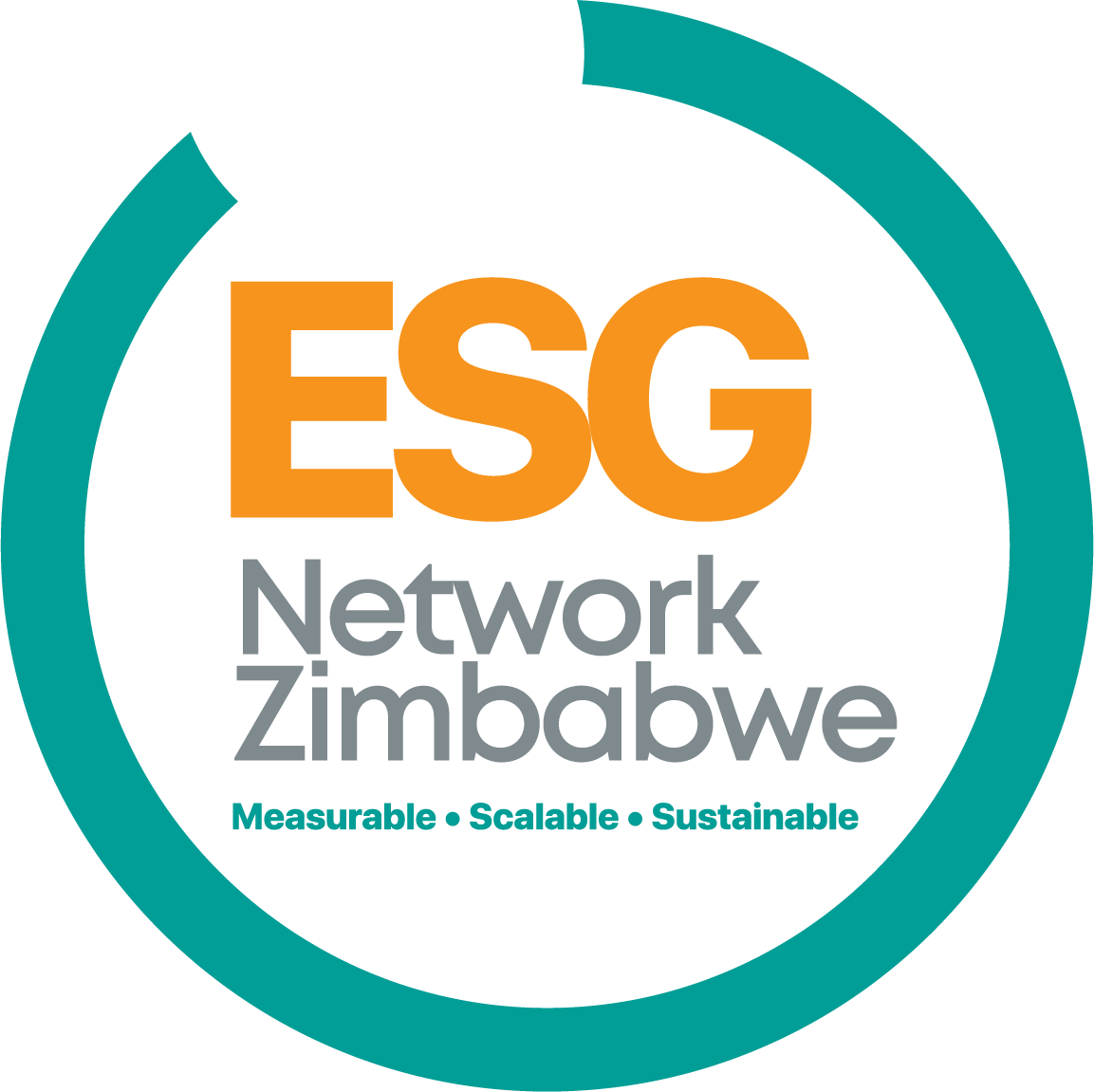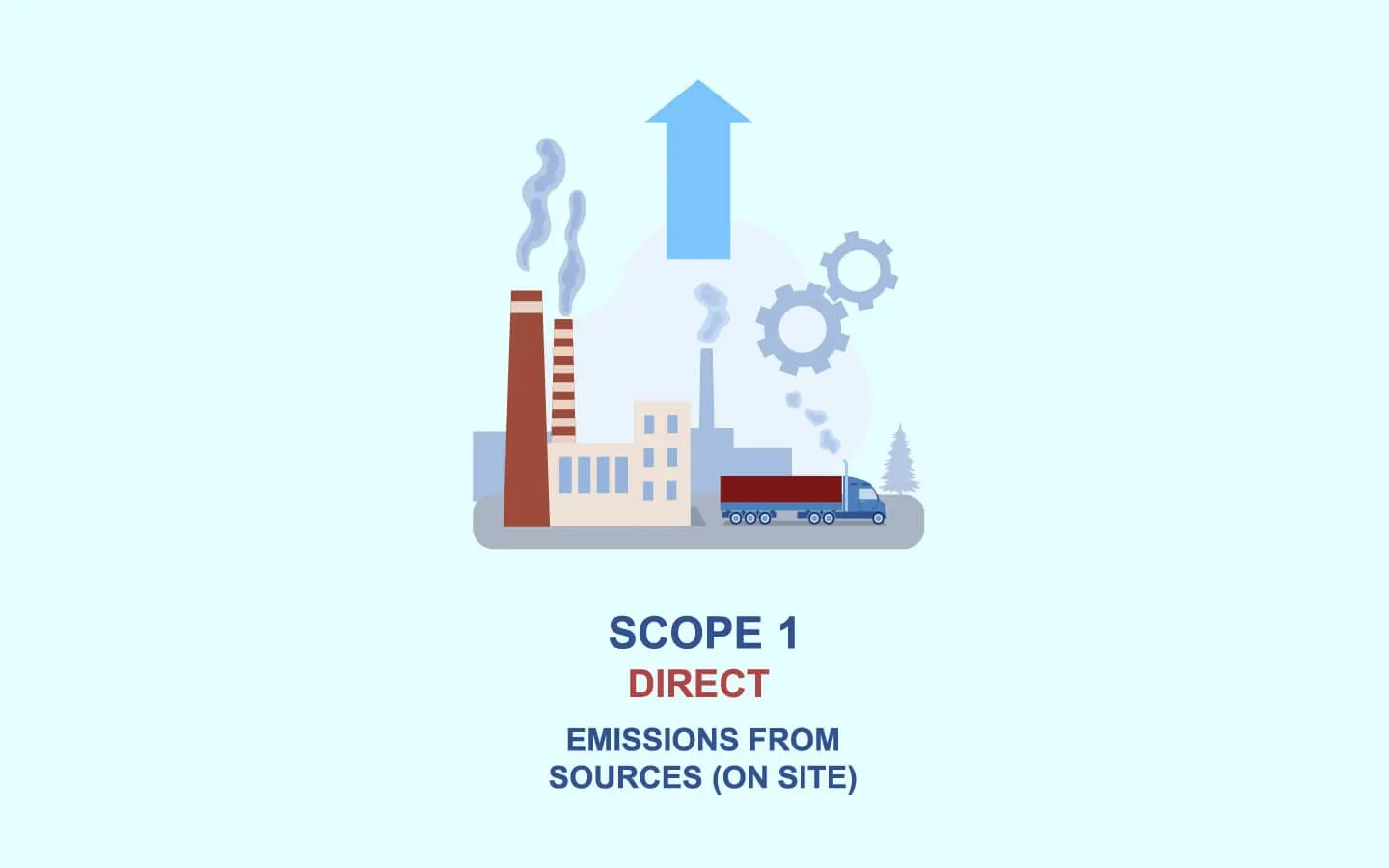As organizations continue to prioritize sustainability and reduce their environmental impact, understanding and managing Scope 1 emissions is crucial. In this newsletter, we’ll delve into the world of Scope 1 emissions, exploring what they are, how to calculate them, and strategies for reduction.
What are Scope 1 Emissions
Scope 1 emissions refer to direct greenhouse gas (GHG) emissions from sources owned or controlled by an organization. These emissions are typically generated by the organization’s operations, such as fuel combustion, industrial processes, and waste management.
Sources of Scope 1 Emissions
- Fuel Combustion: Emissions from burning fossil fuels, such as natural gas, diesel, and gasoline, for energy, transportation, or industrial processes.
- Industrial Processes: Emissions from chemical reactions, manufacturing, and other industrial processes, such as cement production, steel manufacturing, and aluminum smelting.
- Waste Management: Emissions from waste decomposition, incineration, and landfilling.
- Agriculture: Emissions from livestock, fertilizer use, and soil management.
Calculating Scope 1 Emissions
To calculate Scope 1 emissions, organizations typically follow these steps:
- Identify Emissions Sources: Determine which sources within the organization generate Scope 1 emissions.
- Gather Data: Collect data on fuel consumption, industrial processes, waste management, and other relevant sources.
- Apply Emissions Factors: Use emissions factors, such as those provided by the Intergovernmental Panel on Climate Change (IPCC) or the U.S. Environmental Protection Agency (EPA), to calculate emissions.
- Calculate Emissions: Multiply the activity data (e.g., fuel consumption) by the emissions factor to calculate the total Scope 1 emissions.
Reporting and Disclosure
Organizations typically report their Scope 1 emissions in their annual sustainability reports, corporate social responsibility (CSR) reports, or through reporting frameworks like the Global Reporting Initiative (GRI) or the Carbon Disclosure Project (CDP).
Reducing Scope 1 Emissions
To reduce Scope 1 emissions, organizations can implement various strategies, such as:
- Energy Efficiency: Improving energy efficiency through lighting upgrades, HVAC system optimization, and building insulation.
- Renewable Energy: Transitioning to renewable energy sources, like solar, wind, or geothermal power.
- Fuel Switching: Switching to lower-carbon fuels, such as natural gas or biofuels.
- Process Optimization: Optimizing industrial processes to reduce energy consumption and emissions.
- Waste Reduction and Recycling: Implementing waste reduction, recycling, and composting programs to minimize waste-related emissions.
Understanding and managing Scope 1 emissions is crucial for organizations seeking to reduce their environmental impact. By calculating and reporting Scope 1 emissions, organizations can identify opportunities for reduction and take steps to mitigate their emissions.
Call to Action:
We encourage you to take the first step in managing your Scope 1 emissions. Assess your organization’s emissions sources, and identify opportunities for reduction. Share your sustainability journey with us, and we’ll feature your success story in a future edition of our newsletter.
Stay Connected:
Thank you for joining us on this sustainability journey. Stay connected with us for more insights, best practices, and regulatory updates.
Please contact us at on admin@esgnetworkzimbabwe.co.zw, or simply call us on 0774768895/ +263882900740.
Follow us on social media to stay updated on the latest ESG news, events, and resources





